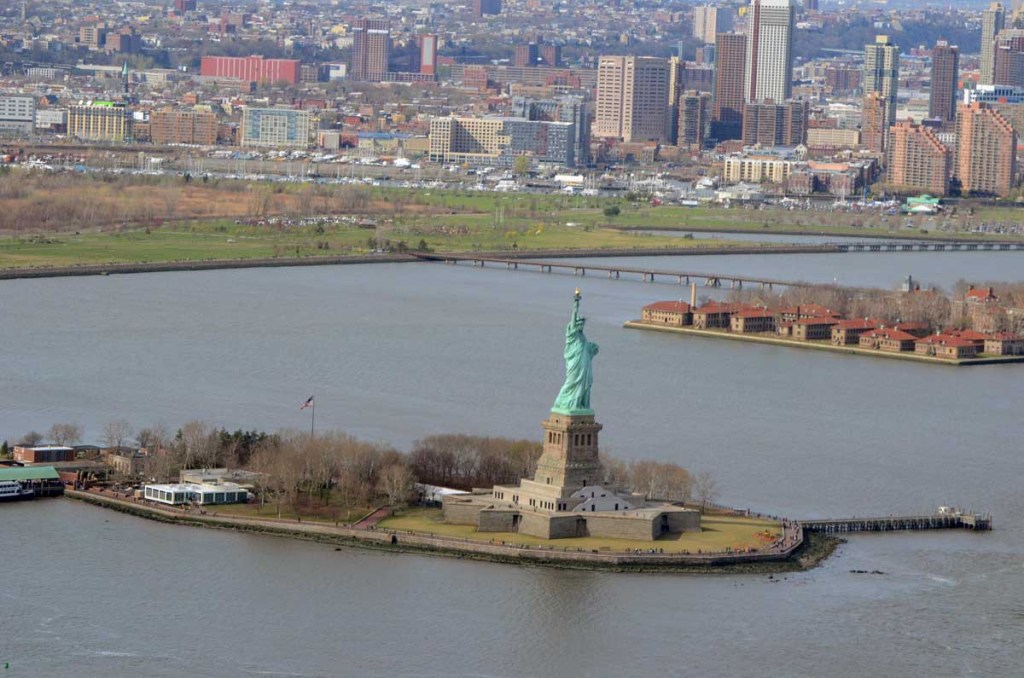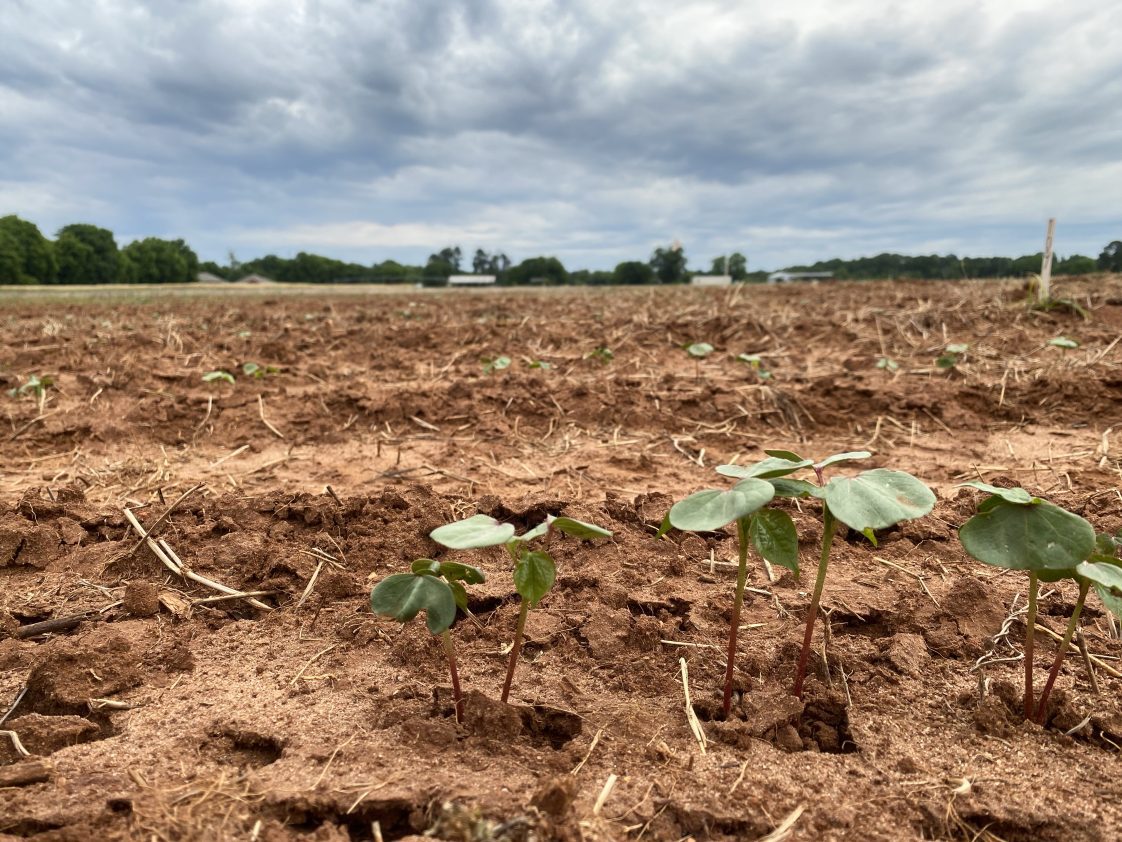Regional divide still leads to turf battles in Albany
Published 6:18 pm Thursday, January 19, 2017

- MorgueFile
ALBANY — A divide between upstate and downstate New York is one one of the oldest, most pronounced fault lines running beneath the Statehouse, where it is common to hear representatives of the northern reaches grumbling about their voices being muted by downstate interests.
Now, in a sign that upstate lawmakers are intent on amplifying their agenda, Assemblyman William Magnarelli, D-Syracuse, this week convened the first meeting of a caucus for representatives from upstate communities.
One limitation, he acknowledged, is that only Democrats may join the meetings. While his party controls the Assembly, Republicans remain in control in the Senate.
Magnarelli said the fledgling caucus is a vehicle to promote the shared agenda of upstate representatives, such as stimulating the upstate economy and attracting more jobs.
Tensions between upstate and downstate are pronounced on issues such as gun control.
Following the December 2012 massacre at Sandy Hook Elementary School in Connecticut, for example, Gov. Andrew Cuomo pushed the New York SAFE Act, banning some high-powered rifles and putting new limits on ammunition clips.
New York City already had strict gun laws, and some upstaters said the new law would not deter criminals so much as create headaches for law-abiding gun owners.
Anti-SAFE Act signs still dot the upstate countryside, said Grant Reeher, director of the Campbell School of Public Affairs at Syracuse University.
Those speak to the “cultural differences” that often lead to very different voting patterns in upstate and downstate communities, he said.
For instance, in November’s election, Democrat Hillary Clinton won the state by virtue of strong support from New York City. President-elect Donald Trump won the vast majority of upstate counties.
Similar patterns emerged in the 2014 gubernatorial race, in which Cuomo, a Democrat, won re-election even as GOP challenger Rob Astorino did well in most upstate districts.
The geographic and cultural differences between upstate and downstate New York prompt leaders to tailor messages to fit specific audiences.
In recent upstate appearances, Cuomo highlighted a proposed project to offer low-interest loans to recent college graduates buying homes upstate.
He also emphasized targeted economic development programs, such as the Buffalo Billion projects in Erie County, and his plan to spend $38 million to update the Plattsburgh International Airport.
The divide sometimes leads to open hostilities, as well.
George Washington Plunkitt, a boss of Tammany Hall, the notorious New York City political machine of the late 19th and early 20th centuries, once griped: “This city is ruled entirely by the hayseed legislators at Albany.”
In modern political messaging intended for upstate audiences, it is not uncommon to hear swipes at New York City.
In 1998, Sen. Al D’Amato portrayed challenger Chuck Schumer of Brooklyn as out of touch with upstate residents. He used ads that showed New York City politicians as sharks swimming up the Hudson River toward Albany.
The fact that D’Amato was from Long Island didn’t temper his attacks.
Schumer nonetheless went on to topple D’Amato and has since made a point of visiting all 62 New York counties each year.
New York City Mayor Bill de Blasio is one of the latest bogeyman for upstate Republicans.
In last year’s battle for control of the state Senate, a Republican mailer in the Hudson Valley knocked a Democratic candidate for Senate, Terry Gipson, as “another corrupt New York City politician” allied with “liberal” de Blasio.
A representative of several upstate counties, Assemblyman Pete Lopez, R-Schoharie, said Albany’s power structure, with majority party leaders making virtually all decisions in concert with the governor, leaves little room for input from millions of upstate New Yorkers.
Lopez complained that allowing only Democrats to participate in the upstate caucus will further marginalize Republicans –including him.
Tensions between downstate and upstate tend to break out more often from policy differences than competition for dollars, said Greg Biryla, director of a pro-growth advocacy group, Unshackle Upstate.
He noted that all statewide office-holders are from either New York City or Long Island.
“The Senate is really the only place that has a strong upstate representation in Albany, and unfortunately the other branches of state government have a strong downstate bent, as well as the clout to see their policies through,” he said.
A former Democratic senator from Brooklyn and a political historian, Seymour Lachman, said the fact that there has been no upstate legislative leader since Joseph Bruno stepped down in 2008 as Senate GOP president amid a corruption probe has allowed downstate politicians to set the table.
“We really need more cohesiveness in Albany because New York is one state,” said Lachman, who served in the Legislature from 1998 through 2004. “The Legislature is dysfunctional, and the best way to reform it is for the voters to approve a constitutional convention next November.”
The 150-member Assembly has not been led by an upstater since the death of Speaker Oswald Heck, a Schenectady native, in 1959.
Joe Mahoney covers the New York Statehouse for CNHI’s newspapers and websites. Reach him at jmahoney@cnhi.com
###



